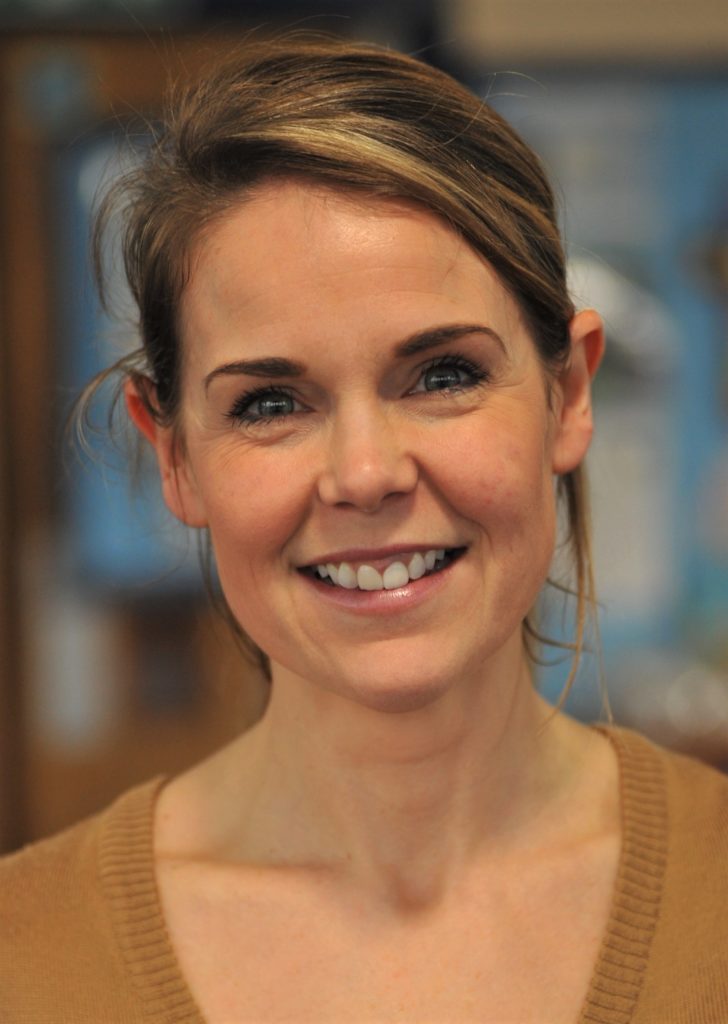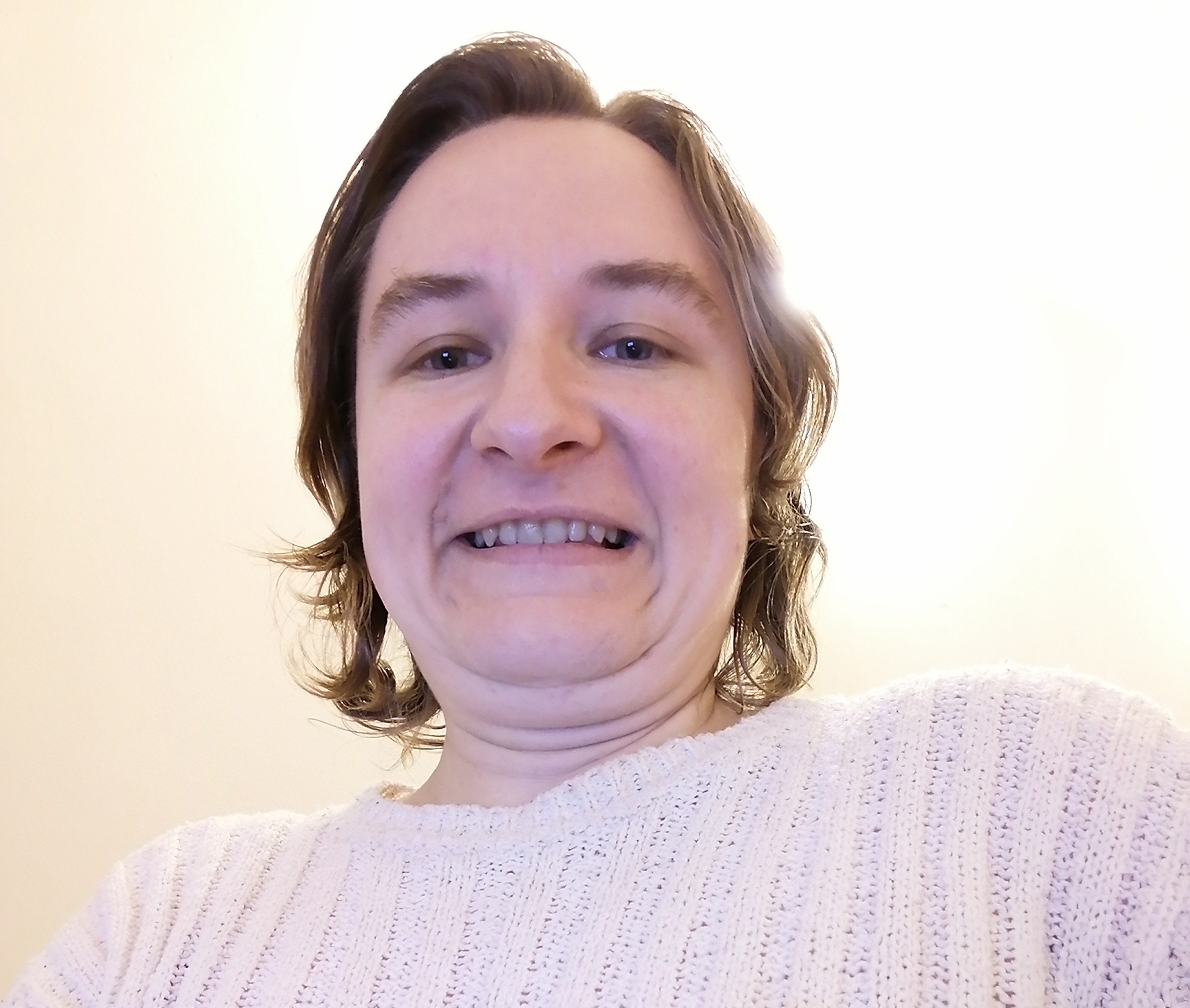Miranda Dunne
“It feels like there is a certain frozenness in the body. I experienced having the words ready in my mind but being unable to initiate the actual utterance of a sound.”
Antje Bothin is originally from Germany but now living in Scotland. She has written poetry in order to highlight her experiences with a condition known as ‘selective mutism’, a severe social anxiety disorder which leaves the sufferer unable to speak, in order to “convey a positive message.”
Now middle-aged, her experience of selective mutism, which she did not receive help for as a child, has impacted how she moves through the world.
“There is no job that does not require brilliant communication or interpersonal skills these days, so it is hard to be successful at work. People usually tell you what they wrongly assume you cannot do.”
She is now self-employed and spends her time volunteering.
As a former sufferer myself, my own earliest memories as a young child evoke the same fear-induced silence. I would speak with family, in fact, I was very loud at home. I would run wild around the house with my brothers, we’d fight each other and yell names.
As soon as I left the house, however, I would lose my voice. Silent, I would join in on school-based activities such as helping to bake a cake, making paper snowflakes, all with a blank expression on my face. It wasn’t because I was simply shy: I literally could not speak.
Though the name might suggest otherwise, selective mutism is not a choice. Despite the condition affecting up to 1 in 140 children, it is a highly under-represented and misunderstood condition. I began to speak again at the age of 6, but I, nonetheless, wanted to re-explore the condition which remains largely obscure in the public eye.
Danielle Cottam is a Senior Speech Pathologist of Selective Mutism Western Australia. She works with children suffering with SM and their families. She said of the way selective mutism is viewed in society: “Because of the way that our culture is, particularly in the West, it’s expected that you will speak back when spoken to [and] that you are initiating communication with people, which is different to other cultures. This means that when children are more inhibited it can be perceived as the child being rude.”
“Selective mutism is an anxiety-based condition where the child – or sometimes older individual – is unable to speak in one situation, despite being able to speak in other environments,” she explains. “This is usually in their place of comfort so their home environment or around people they feel most comfortable with.”

The name, Danielle confirms, is somewhat misleading, as it diverges from the professional understanding that it isn’t a choice, or something that sufferers ‘select’.
“Although it’s called selective mutism, there’s a lot of push now to have it changed to situational mutism, because selective mutism does suggest an element of choice. But there isn’t a choice or a refusal from that child to speak.”
Earlier, Antje told me she’d experienced a sensation of “frozenness” in the body, which Danielle discusses. She says that this sensation is experienced by some individuals in the throat specifically, due to a build-up of anxiety, resulting in the child being ‘unable to speak.”
“There’s been some research done in the US recently where they’ve put nodes on children’s necks and identified tension in the vocal cords and the associated muscles in the neck when there is that expectation to talk or somebody’s been asked a direct question,” said Danielle.
Autistic people may also experience selective mutism alongside their condition – there is an overlap between the two. Climate activist Greta Thunberg, for example, has been open about her autism diagnosis & has discussed her related experience with selective mutism. However, Danielle stresses that it is important not to conflate selective mutism and autism.
“Generally, if a child is autistic, this has an impact across all of their interactions in all their environments, whereas with selective mutism there’s this real discrepancy between how the individual is able to communicate in one environment versus how they’re able to communicate in environments where they’re not in their comfort zone. It’s very important we make that distinction, because the therapy approaches alter significantly.”
Despite this, I wanted to ask Danielle if someone who has selective mutism still experiences the world in a particular way, even after they have begun speaking “normally” again. For example, to this day I still feel there is almost a ‘blockage’ in my brain in certain settings when it comes to communication (albeit to a much smaller extent). For example, at university, the residual social challenges left by SM were exacerbated by my finding it very difficult to relate to people, not having shared the same backgrounds, talking points or ways of communicating as many of the people who go to university, in contrast to how I felt when working in a local pub before pursuing further study.
I put this point to Danielle and asked her whether professional considerations of selective mutism would stop at the point of the child talking, quote-on-quote, “normally” again. Can a former selective mute sufferer be nurtured out of how their brain worked as a child?
“Interesting. When individuals have access to appropriate supports, selective mutism in the literature isn’t considered to be a lifelong condition, however, some of the personality traits or some of the additional anxieties that individuals may have alongside or as a result of the selective mutism may be something that are more longer lasting.”
Lockdown and selective mutism
It is July 2021 and the UK and much of the globe has spent the past year in and out of lockdown. In 2020, in-person learning shifted to take place virtually for many months
Considering the disruption meted out to pupils’ learning and routines generally, what has this looked like specifically for the children Danielle has worked with?
“The opportunity for children to be exposed to talking in a variety of different situations like at the shops or at your social clubs or schools has been drastically reduced. So, they’ve not had the opportunity to practice some of those brave talking behaviours like they would have if they’d been out and about in the community.”
However, she says, “The benefits of Zoom when it’s been used effectively have been astronomical. The child can have some control and agency over whether they see the person, whether they [use their voice] or whether they type instead.”
“For some children I’ve really seen a positive benefit of having such a long time with their parents and people in their lives that they love and are most close to.”
Discussing the impacts on parents, Danielle tells me, “A lot of the families I speak to tell me that they do worry… what people might perceive about their parenting. Without understanding what is behind the difficulties, sometimes parents can inadvertently be made to feel like it’s something they’ve done wrong when actually that isn’t the case.”
I received a comment from a parent, Emma, based in the North-West of England, who says her five-year-old son has had selective mutism from “as long as [she] can remember”, and that for the past two years, he has had “no speech”.
“There is definitely a guilt factor involved when it comes to speech. Have you helped them enough, should you read more, was it something that could be changed, will you hear them talk?”
“We have received zero support during the lockdowns through outside sources however we have seen a marked difference in his own confidence. The mutism is still apparent, but he isn’t as timid in general. Going back to Nursery was hard for him as he was completely out of routine and the isolations mean him dealing with staff he isn’t familiar with on occasions.”
Valuing the quiet
Describing her own approach to the kids she works with, Danielle says she “start[s] with their interests and the things they find fun, be silly, have a good time and remove that need for talking to begin with. They will get there, with a subsequently structured approach targeting speaking confidence.”
“It is a fear-based condition and… we cannot force these children to speak, and if we do then we’re doing more harm than good. You can have so much fun with this child or the young person you’re working with, without the need to talk.”

Emma affirms this, saying it is important to “embrace the small milestones.”
“There are a lot of resources online for bond development as a family without the need for speech.”
Antje says that there is a silver lining to having experienced selective mutism, for example being a “good listener and observer.” “And creativity,” she says. “ I love writing and learning new things. And possibly perseverance, the art to never give up.”
Featured image courtesy of Sasha Freemind via Unsplash. No changes were made to this image. Image license can be found here.

